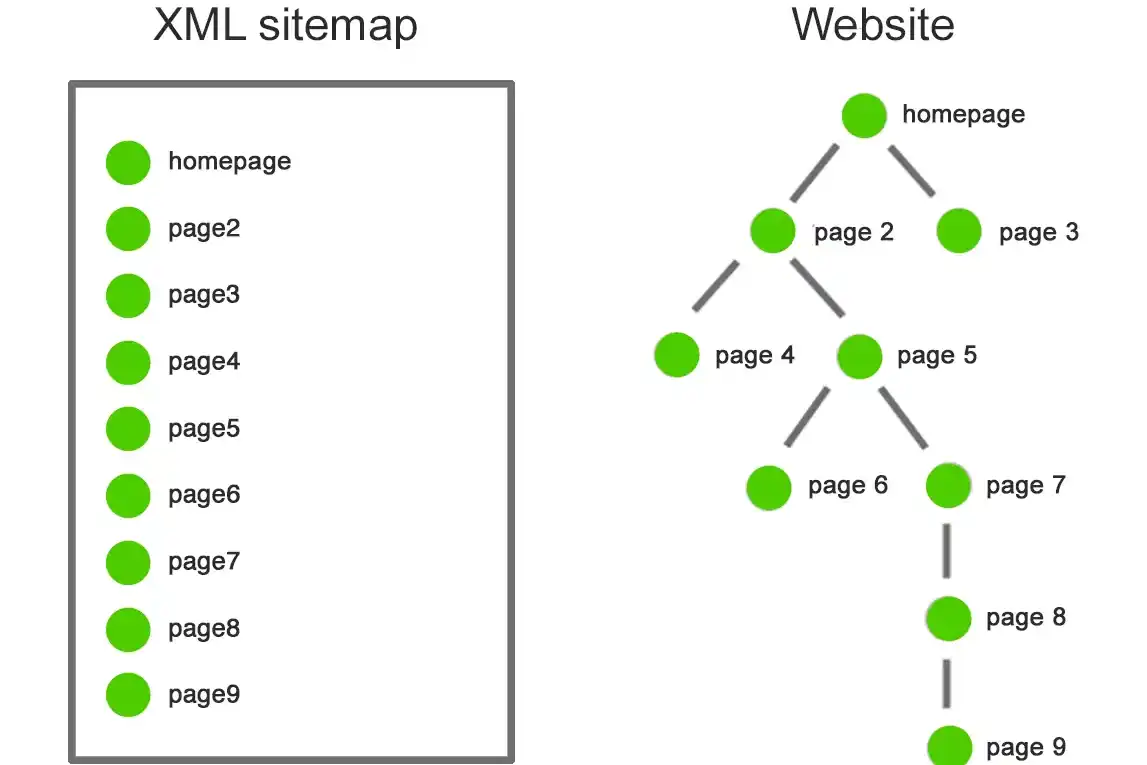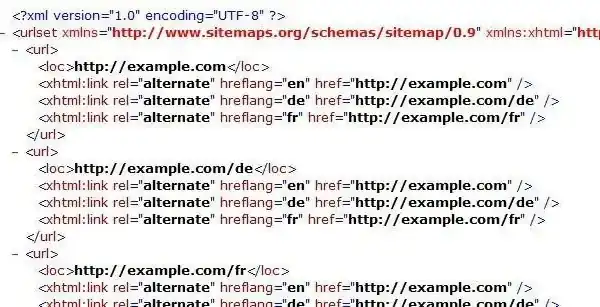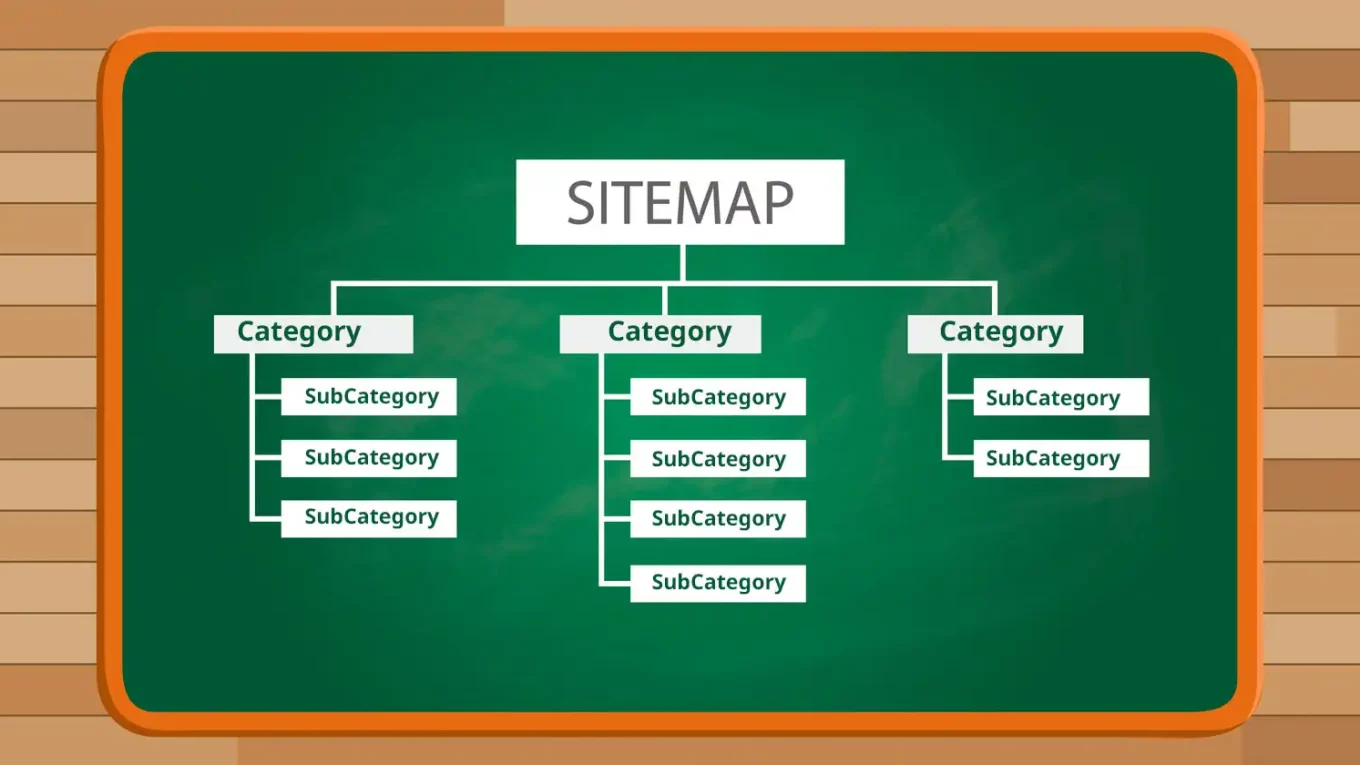How to Use XML Sitemaps to Boost SEO 🚀
XML sitemaps on the other hand are important factors which aid in improving the visibility of a website on the search engines. They help in crawling and indexing the site in an efficient manner. In this article, we will discuss what XML sitemaps is, reasons for the worst explanation of XML related optimizations, and optimization of XML Sitemaps.
Understanding XML Sitemaps 📄
Sitemaps in XML format helps the search engines to move to better through the website pages. In the absence of such a map, search engine spiders may examine your pages, though it may not be a very orderly manner. As a result, this can result in a scenario where the spider indexes some pages while leaving out some others.
Imagine having a website which consists of 100 pages. In the absence of that sitemap, perhaps only 50 to 60 might be picked by the search engines. This is the very situation that XML sitemaps sets out to rectify. They help search engines understand the whole plan of your site with all the necessary pages being indexed.
Why Are XML Sitemaps Important for SEO? 📈
One of the convincing techniques that help in SEO of the website is the use of XML sitemaps. Here are some basic principles which explain their usefulness:
- Increased Coverage: Sitemaps assist the search engines in locating and including all the important pages for your business so that nothing gets missed.
- Increased resourcefulness: Because of a sitemap, search engines would be able to crawl the site in a quicker way which would bring fast results in the search engine.
- Quick notice for New Pages: A sitemap notifies search engines when new content is uploaded, thus making indexing more rapid.
- Separate Elements to Prioritize: Sitemaps enable you to decide which ones to look at more closely and which ones will be less interesting and important to the search engines.

Types of XML Sitemaps 🗂️
There are two main types of XML sitemaps that you should be aware of:
1. Sitemap for Search Engines 🔍
This kind of sitemap is deployed quite differently in that it aims at search engine submission solely. It is denoted to a collection of URLs which the individual what search engines to go through and include in their indexing. This assists them in getting the layout of the website and ensures that all the key pages in the website are taken through the indexing process.
2. Sitemap for Users 👥
This sitemap is more visually appealing and functional in that it is mostly found on the web. It gives users a clear summary of all pages available so they can find their way around much faster than searching blindly. Though not closely associated with construction or SEO, this type of sitemap makes navigation easier for users and indirectly assists in SEO construction.
How to Create an XML Sitemap 🛠️
Making an XML sitemap is not a difficult task. You can make use of different websites or plugins, highlighting perhaps a CMS such as WordPress. This is how to do it:
- Choose a Sitemap Generator: Use tools like Google XML Sitemaps or Yoast SEO (for WordPress users).
- Generate the Sitemap: Follow the tool’s instructions to create your sitemap. It will automatically scan your website and list all URLs.
- Save the Sitemap: Once generated, save the sitemap as an XML file, typically named
sitemap.xml. - Upload to Your Server: Place the sitemap in the root directory of your website (e.g.,
www.yoursite.com/sitemap.xml). - Submit to Search Engines: Use Google Search Console and Bing Webmaster Tools to submit your sitemap.
Best Practices for XML Sitemaps 📋
To ensure your XML sitemap is effective, follow these best practices:
- Keep it Updated: Regularly update your sitemap whenever you add or remove pages.
- Limit URL Count: A sitemap should ideally contain no more than 50,000 URLs. If you have more, create multiple sitemaps.
- Use Absolute URLs: Always use absolute URLs in your sitemap to prevent confusion for search engines.
- Include Important Pages: Focus on including pages that are essential for your site’s performance.
- Avoid Duplicate Content: Ensure that the URLs listed in your sitemap do not lead to duplicate content.
Common Mistakes to Avoid ❌
Avoiding mistakes while creating or managing your XML sitemap is crucial for optimal SEO performance. Here are some common pitfalls:
- Ignoring the Sitemap: Failing to update your sitemap regularly can lead to outdated information being indexed.
- Overloading the Sitemap: Including too many URLs can overwhelm search engines and lead to incomplete indexing.
- Not Submitting to Search Engines: Simply creating a sitemap is not enough; you must submit it to search engines for it to be effective.
- Using Incorrect Format: Ensure your sitemap adheres to the XML format to avoid errors in indexing.

Conclusion: Optimize Your SEO with XML Sitemaps 🌟
XML sitemaps are one of the key components in advancing the SEO of your website. By doing so, you are participating in the systematic indexing of all important assets which in turn improves the unique performance of your site on search engine result pages. WHen you do this, make sure that you observe the best practices and do not make errors that are most common with all SEO beginners and keep refreshing your sitemap on a regular basis.
Do you intend to take advantage of XML sitemaps Parts of A Research Paper in your lifetime? So, you should start doing these things now and hope for better search engine optimization of your web pages.
If you have any questions regarding XML sitemaps or you wish to add something to this topic, please feel free to drop a comment below. Let’s make your website perform better regarding SEO purposes!
